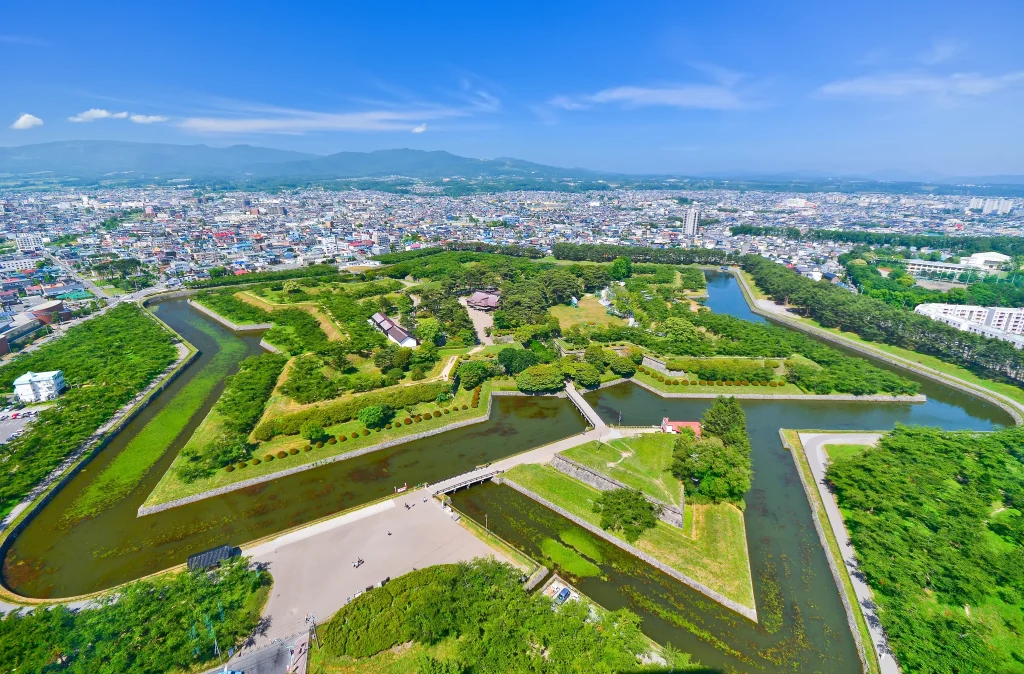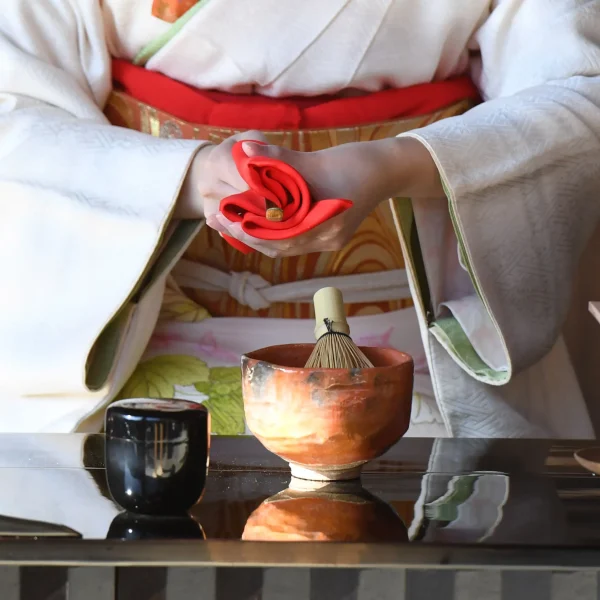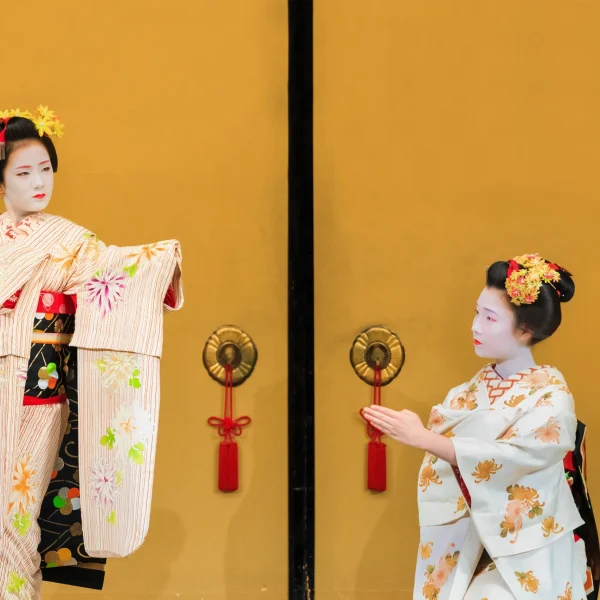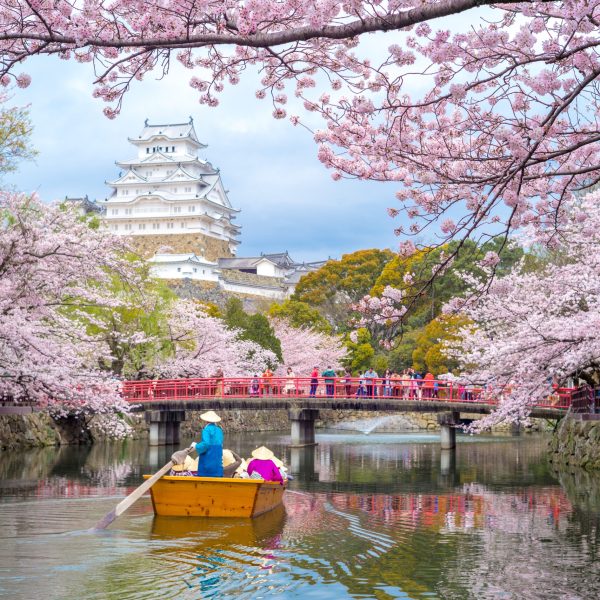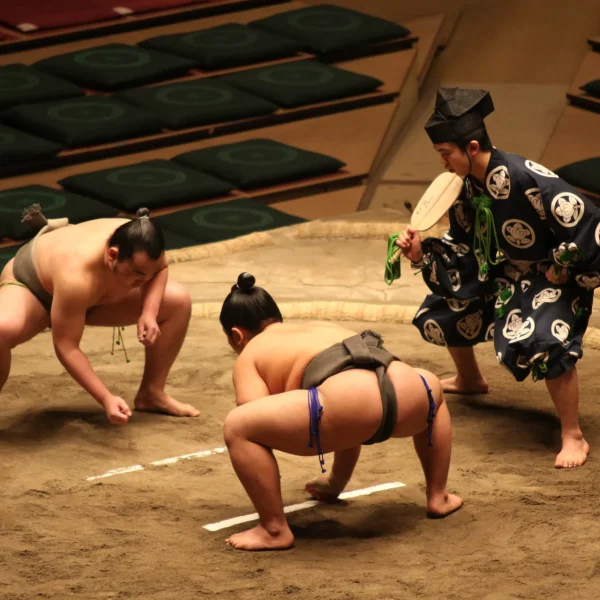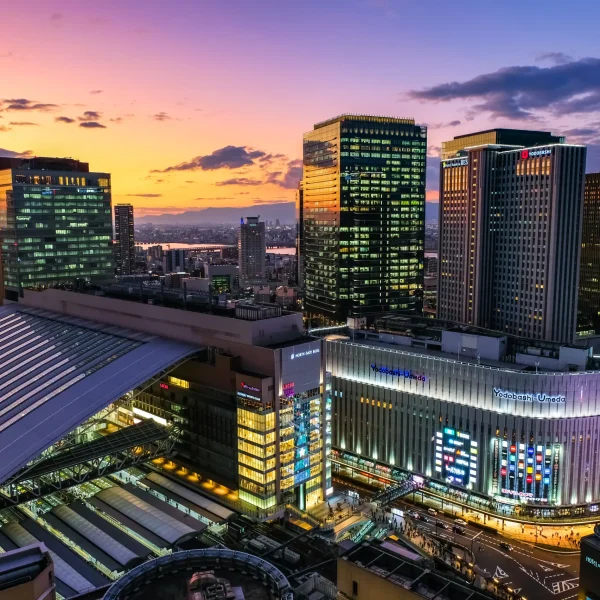Hokkaido boasts a diverse landscape that transforms beautifully with each season, offering unique experiences that can only be enjoyed at specific times of the year. From the enchanting snowy scenery of winter and the vibrant floral landscapes of spring to the refreshing summer retreats and the breathtaking autumn foliage accompanied by the season’s rich harvest, each time of year has its own distinct charm. The best time to visit Hokkaido depends on the kind of experience you’re looking for. In this article, we’ll provide practical insights into seasonal weather, appropriate clothing, and recommended activities to make every season truly unforgettable.
Hokkaido from March to May
From late April to May, Hokkaido bursts into color as cherry blossoms and tulips reach their peak bloom, creating breathtaking landscapes that captivate visitors.
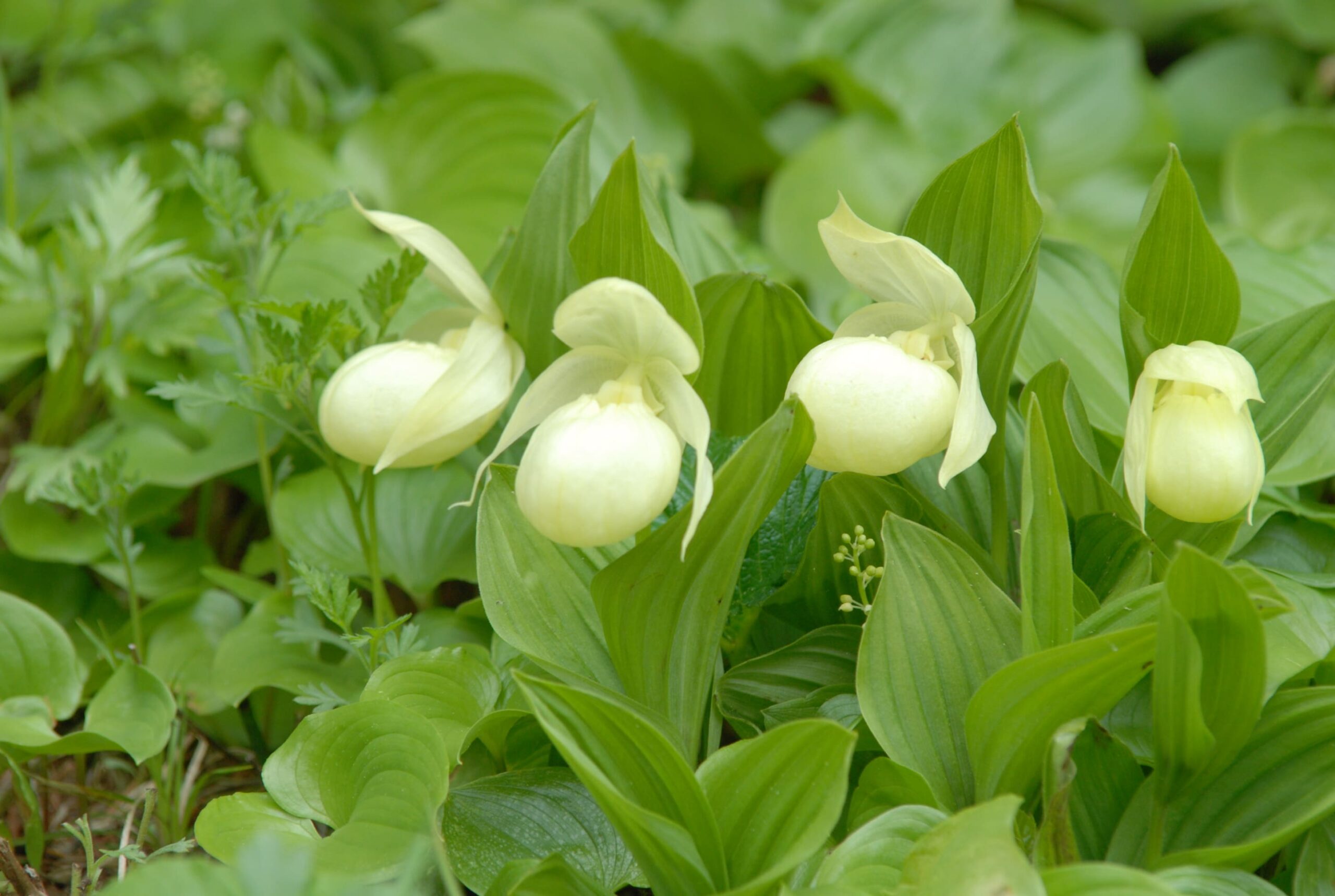
For those interested in seeing Hokkaido’s rare floral species, Rebun Island, Japan’s northernmost remote island, is a must-visit. Known as the “Floating Island of Flowers,” it is home to around 300 species of alpine plants, including the endangered Rebun Atsumorisou, which is unique to the island. Many of these rare plants can be admired along coastal trails, with no mountain climbing required.
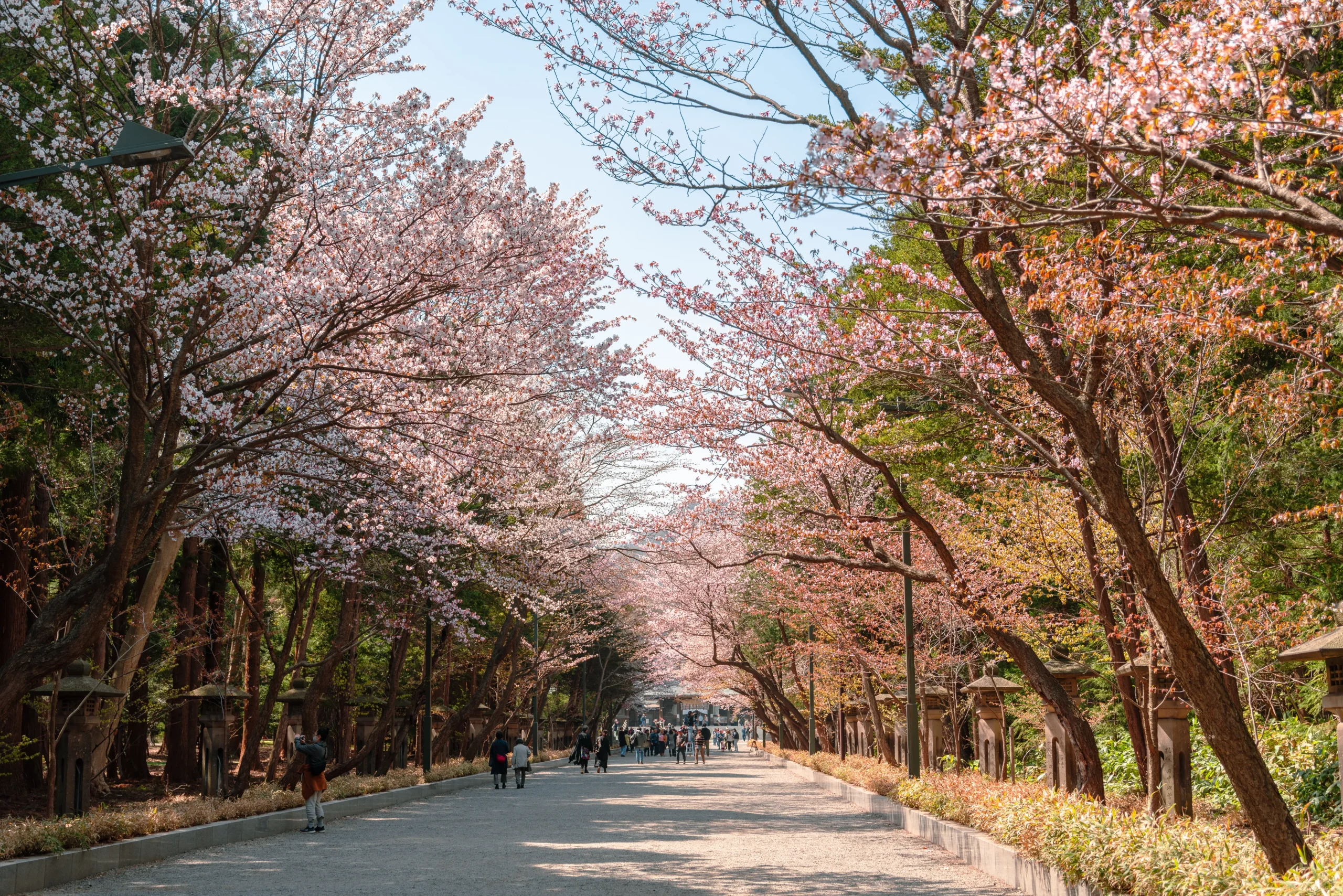
For cherry blossom viewing, Maruyama Park in Sapporo is one of Hokkaido’s most renowned spots. The park is lined with Ezoyamazakura cherry trees, forming a stunning pink canopy that beautifully marks the arrival of spring.
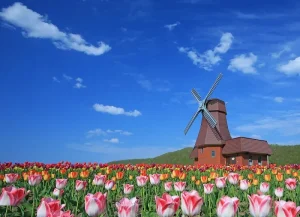
For those looking to admire tulips, Kamiyubetsu Tulip Park is an excellent choice. With approximately 200 varieties and over 700,000 tulips in full bloom, the park offers a spectacular floral display that enchants visitors with its vibrant colors.
Weather and Clothing from March to May
March
Temperatures remain harshly cold, with subzero conditions still common. Even during the daytime, some areas experience mid-winter-like weather. Average high temperatures in major cities are:
- Sapporo: 9°C (48°F)
- Asahikawa: 8°C (46°F)
- Kushiro: 6.6°C (44°F)
For outdoor activities, warm clothing, thermal layers, insulated jackets, and winter boots are still essential.
April
As April begins, snowmelt accelerates, and daytime temperatures gradually rise. However, occasional snowfall still occurs in some regions. Average high temperatures are:
- Sapporo: 13.5°C (56°F)
- Asahikawa: 12.8°C (55°F)
- Hakodate: 13.9°C (57°F)
Spring arrives gradually in Hokkaido, so a lightweight insulated jacket and warm inner layers are still recommended.
May
By May, spring temperatures become more stable, with warmer days across most of Hokkaido:
- Sapporo & Asahikawa: 19-20°C (66-68°F)
- Kushiro (Eastern Hokkaido): 14.4°C (58°F)
Although Sapporo and central Hokkaido feel comfortably warm, eastern regions like Kushiro remain cooler. A light jacket or sweater is still necessary, especially for evening outings.
Hokkaido from June to August
Summer in Hokkaido is the perfect time to fully immerse yourself in its vast natural landscapes. July and August bring lush greenery, vibrant farmland, and abundant wildlife, offering the quintessential Hokkaido experience. The region is home to numerous protected natural areas, including UNESCO World Heritage Sites, national parks, and Ramsar-listed wetlands, each with its own distinct landscape and unique natural beauty.
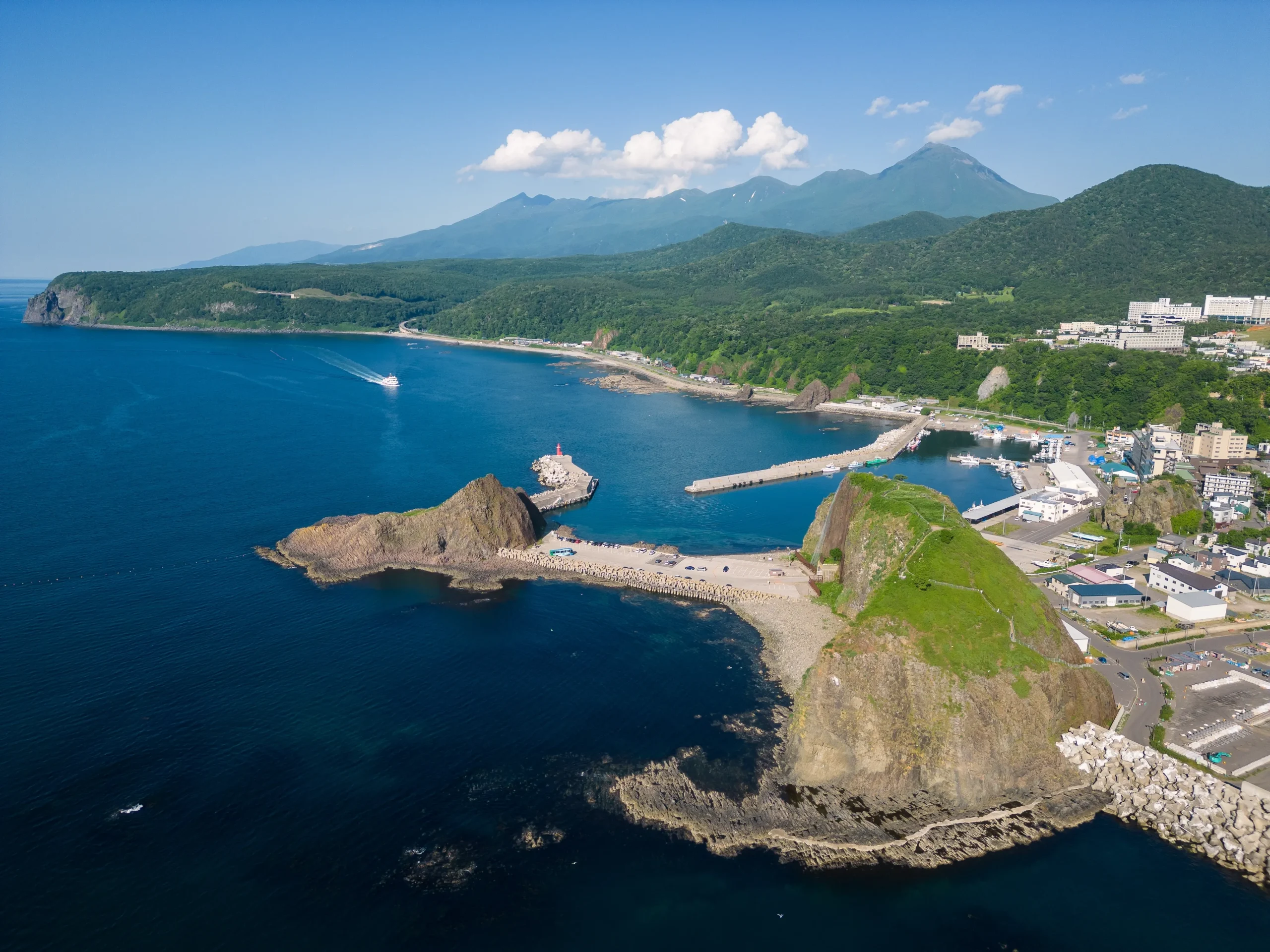
In Shiretoko, a UNESCO World Heritage Site, untouched wilderness stretches across the peninsula, providing a habitat for magnificent wildlife such as brown bears and Steller’s sea eagles. The pristine scenery allows visitors to experience nature in its purest form.
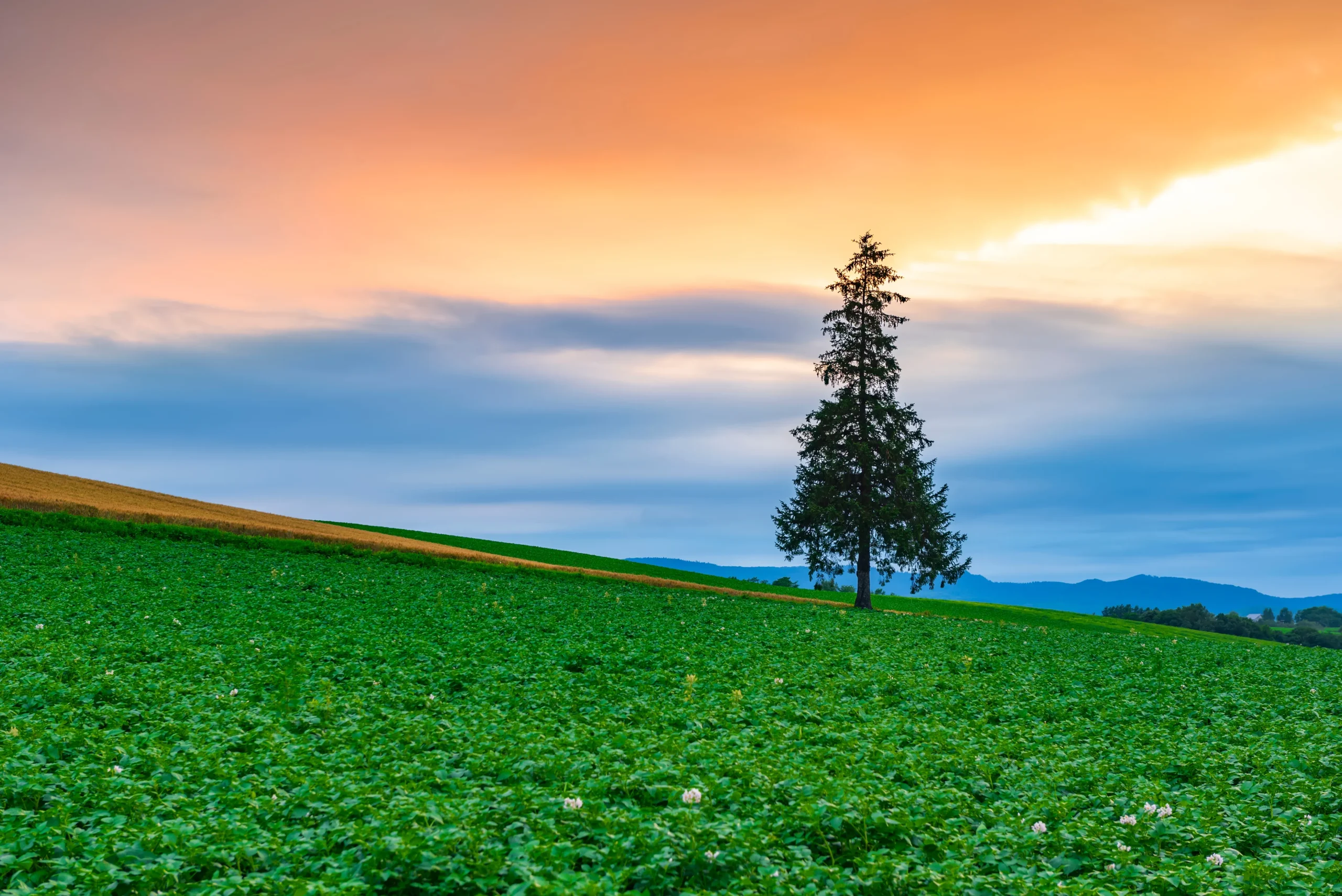
Patchwork Road in Biei is renowned for its rolling hills, where fields of various crops create a mesmerizing gradient of colors. This picturesque landscape, resembling a painted masterpiece, offers stunning photo opportunities at every turn.
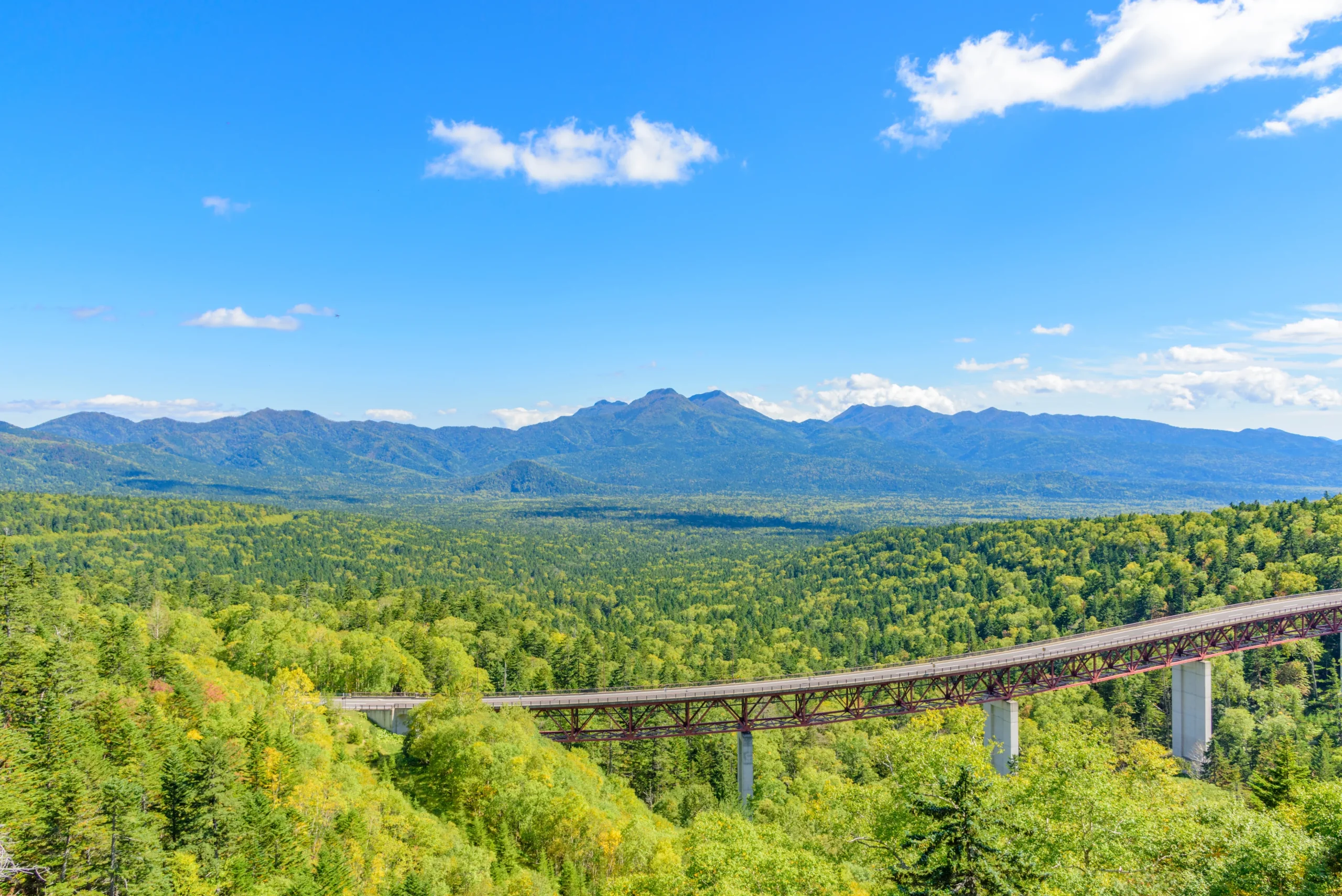
Mikuni Pass, one of Hokkaido’s highest scenic viewpoints, offers a breathtaking panoramic view of an endless sea of trees. Overlooking vast forests and majestic mountains, this spot showcases the raw beauty of Hokkaido’s landscapes, making it an unforgettable destination for nature lovers.
Weather and Clothing from June to August
June
Temperatures begin to rise, but Hokkaido still experiences the occasional chilly day, particularly in the evenings. Cloudy and damp weather is common, especially in early June. Average high temperatures:
- Sapporo: 24.2°C (75°F)
- Asahikawa: 24.7°C (76°F)
- Kushiro: 19.2°C (66°F)
- Hakodate: 23.0°C (73°F)
During the day, light clothing such as T-shirts and jeans is comfortable, but a thin jacket or cardigan is advisable for cooler mornings and evenings.
July
July brings warm temperatures, making it the perfect season for outdoor activities. Unlike Tokyo, the humidity remains relatively low, providing a comfortable and pleasant climate. During this time, average high temperatures in major cities are as follows:
- Sapporo: 27.8°C (82°F)
- Asahikawa: 28.1°C (83°F)
- Kushiro: 23.8°C (75°F)
- Hakodate: 27.2°C (81°F)
Light, breathable summer clothing such as T-shirts, shorts, and dresses are ideal for the daytime. However, evenings can still be cool, particularly in coastal areas, so packing a light sweater or cardigan is recommended to stay comfortable in varying temperatures.
August
August is the hottest month in Hokkaido, with some regions occasionally experiencing temperatures over 30°C (86°F). However, compared to Japan’s main islands, the summer heat remains bearable, and nights can be refreshing. Average high temperatures:
- Sapporo: 30.9°C (88°F)
- Asahikawa: 29.9°C (86°F)
- Kushiro: 24.7°C (76°F)
- Hakodate: 30.3°C (87°F)
Light summer clothing is recommended, but a light jacket or long-sleeve shirt can be useful for the latter half of August when temperatures begin to drop in the evenings. Hydration and sun protection, such as hats and sunglasses, are also advisable for daytime excursions. Hokkaido’s summer climate varies by region, so checking local forecasts before traveling can help ensure a comfortable and enjoyable visit.
Hokkaido from September to November
Autumn is the season when Hokkaido’s culinary delights are at their finest. Freshly harvested rice, seasonal vegetables, ripe fruits, and autumn salmon come together to create a rich gastronomic experience, making it the perfect time to savor the flavors of the season against the backdrop of breathtaking autumn scenery.
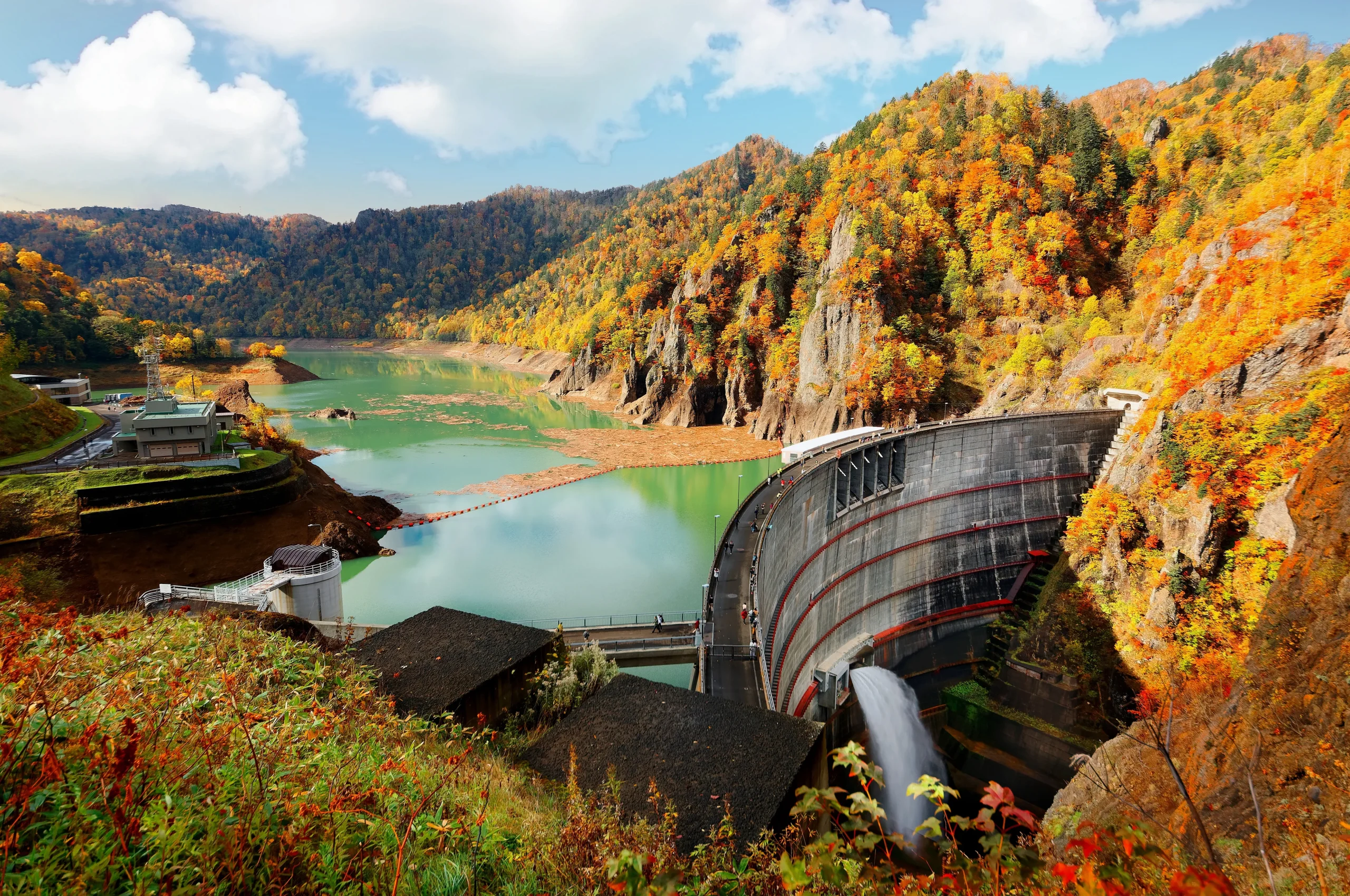
For those looking to immerse themselves in Hokkaido’s autumn beauty, a visit to Hoheikyo Dam, Sounkyo Gorge, and Goryokaku Tower is highly recommended. Hoheikyo Dam offers a stunning panorama of a vast gorge, where the vivid hues of autumn leaves create a spectacular contrast against the rugged landscape. Sounkyo Gorge, one of Hokkaido’s top foliage destinations, features dramatic cliffs adorned with fiery autumn colors, providing a breathtaking and immersive natural experience.
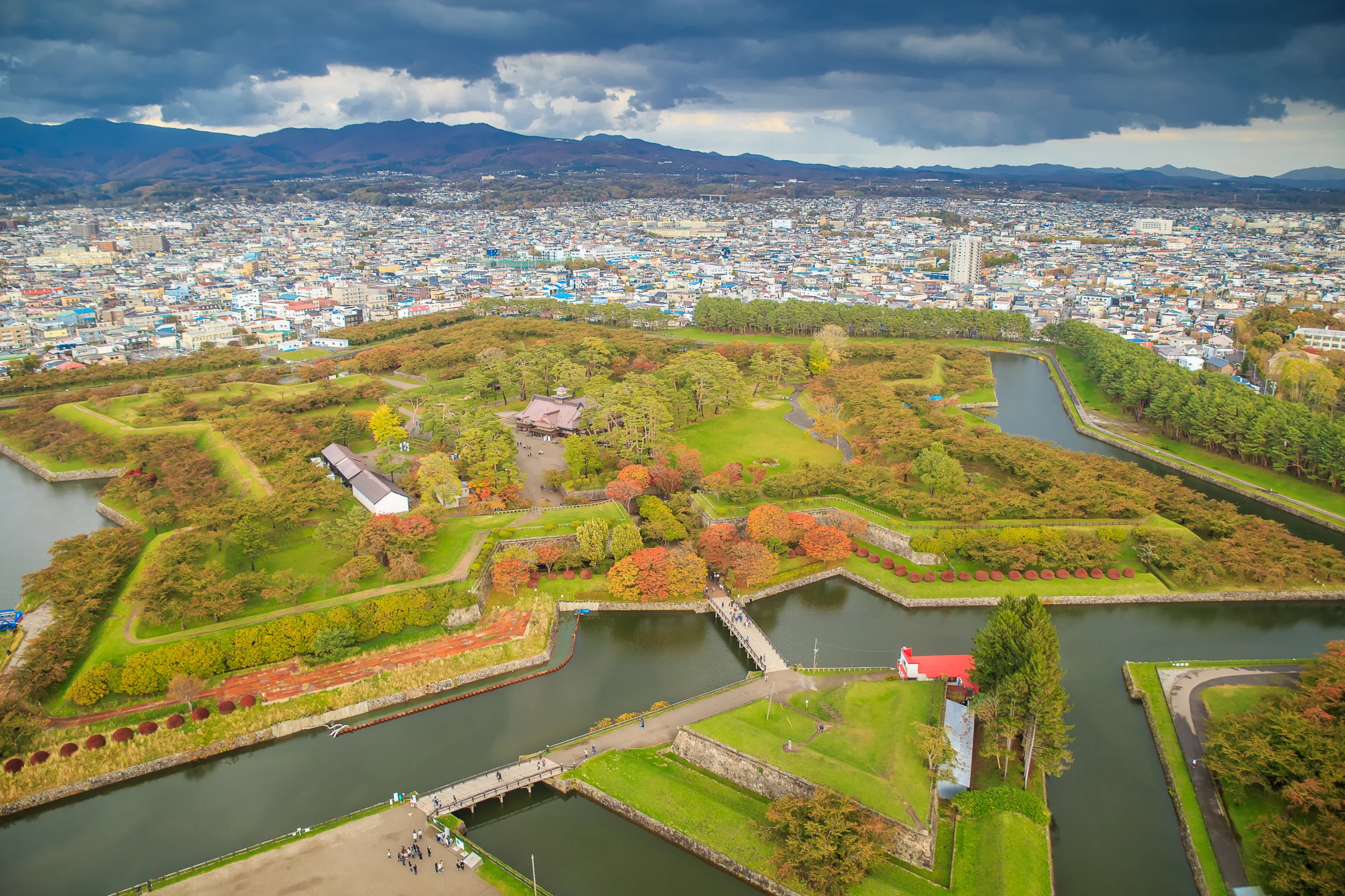
Meanwhile, Goryokaku Tower offers a bird’s-eye view of the star-shaped Goryokaku Park, where golden and crimson leaves beautifully complement the historic fortification.
Weather and Clothing from September to November
September
The summer heat starts to fade, and the weather becomes significantly cooler, offering a comfortable climate for travel. However, the occasional warm day may still occur. Average High Temperatures:
- Sapporo: 25.5°C (78°F)
- Asahikawa: 25.0°C (77°F)
- Kushiro: 23.5°C (74°F)
- Hakodate: 26.0°C (79°F)
During the day, T-shirts and long sleeves are comfortable, but nights can get chilly, so a light jacket or sweater is recommended.
October
Autumn fully settles in, and temperatures drop significantly, especially at night. The crisp air and colorful foliage make it one of the best times to visit Hokkaido. However, the evenings can be quite cold, occasionally dropping below 10°C (50°F). Average High Temperatures:
- Sapporo: 19.6°C (67°F)
- Asahikawa: 15.9°C (61°F)
- Kushiro: 16.5°C (62°F)
- Hakodate: 18.6°C (65°F)
Long sleeves and cardigans are essential, and layering is key for staying comfortable throughout the day. A mid-weight jacket or coat will also be useful for the colder evenings.
November
Winter starts making its presence felt, with temperatures frequently dipping into the single digits. Some regions may even experience early snowfall. Daytime temperatures can feel brisk, and nights are often freezing. Average High Temperatures:
- Sapporo: 10.3°C (50°F)
- Asahikawa: 8.7°C (48°F)
- Kushiro: 10.7°C (51°F)
- Hakodate: 11.3°C (52°F)
By November, full winter clothing is necessary. Thermal layers, a down jacket, gloves, scarves, and a knit hat are recommended, especially for those who are not accustomed to cold weather. Hokkaido’s autumn brings rapid temperature changes, so checking the local weather forecast before traveling can help you pack accordingly.
Hokkaido from December to February
Winter in Hokkaido is a magical season, offering breathtaking snowy landscapes, ice festivals, and some of the world’s best ski resorts.
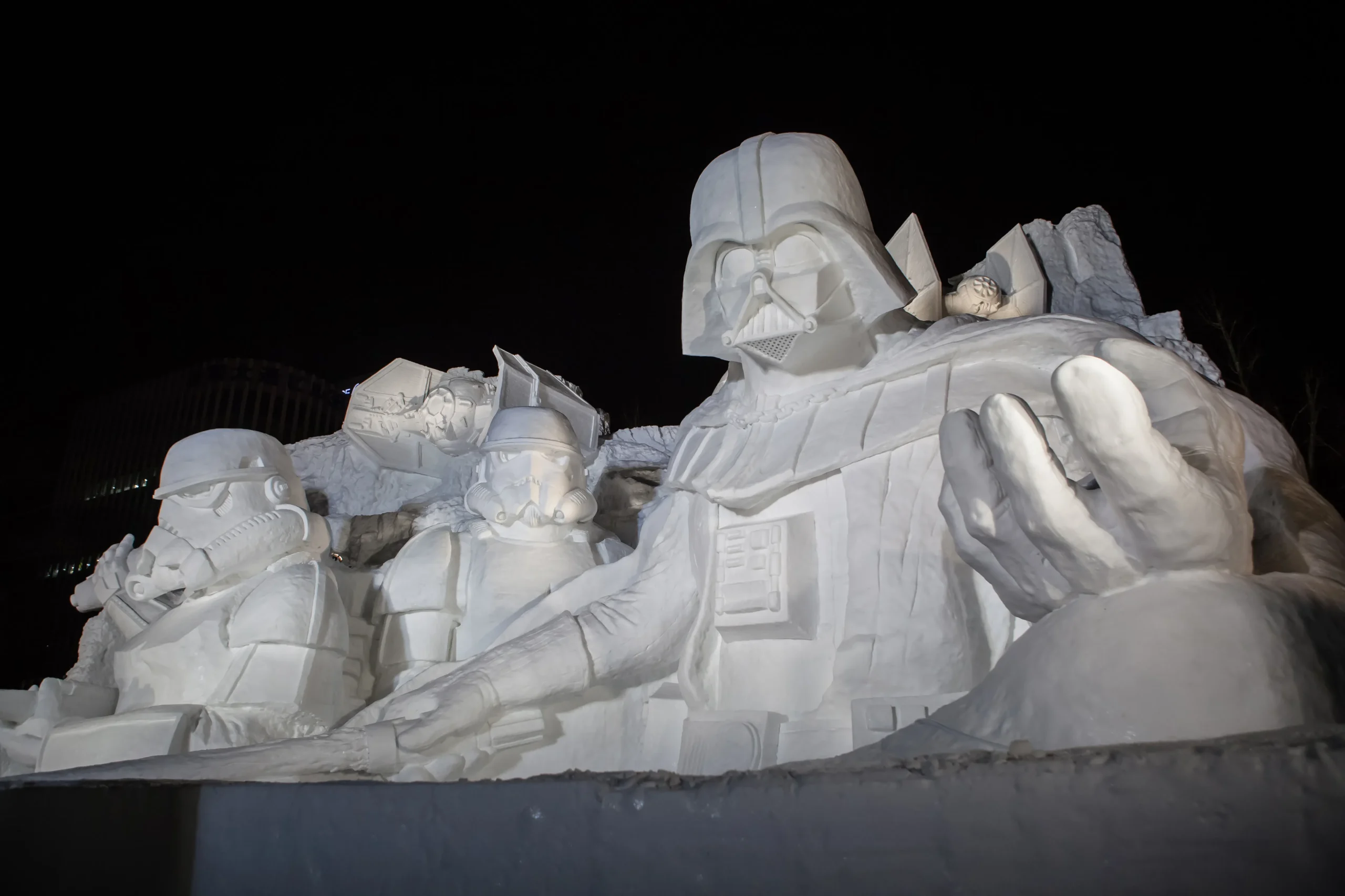
One of the highlights is the Sapporo Snow Festival, where massive snow sculptures and illuminated ice carvings attract visitors from around the globe. At the Sounkyo Ice Waterfall Festival, frozen waterfalls are transformed into dazzling ice formations, illuminated in vibrant colors at night. Meanwhile, at Lake Shikotsu’s Ice Festival, the natural ice formations glow in stunning shades of blue, showcasing the beauty of nature in its frozen form.
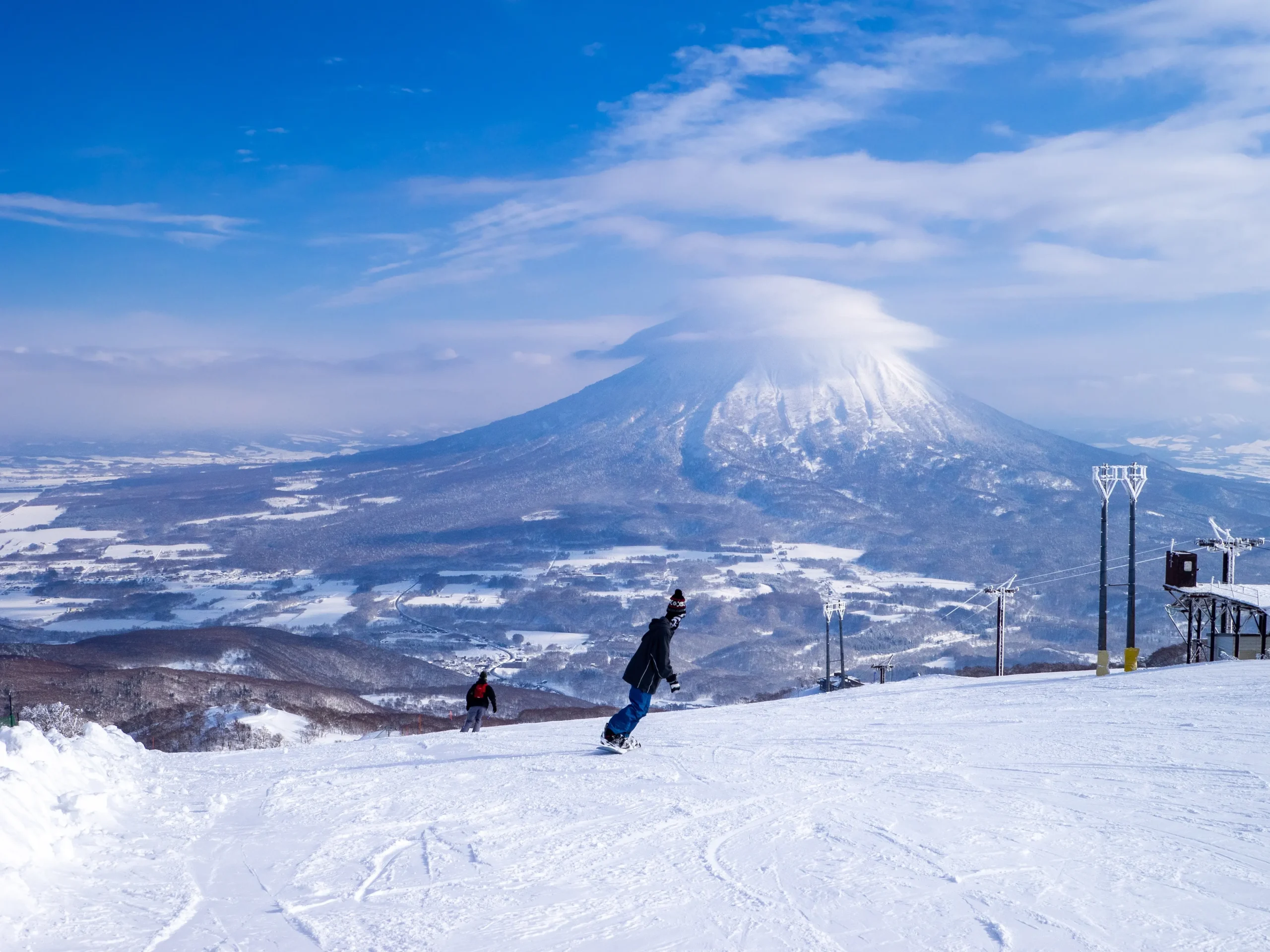
For winter sports enthusiasts, Hokkaido is a premier destination. The best time to enjoy the region’s famous powder snow is from mid-January to early February. Niseko is renowned for its deep powder and international resort atmosphere. Kiroro offers a quieter experience, perfect for tree skiing in pristine conditions. Rusutsu, with its vast slopes and diverse trails, is ideal for families and skiers of all levels.
Beyond skiing and snowboarding, visitors can enjoy unique winter activities such as snowshoeing through tranquil snowy landscapes and riding snowmobiles across vast frozen fields. While the cold can be intense, Hokkaido’s winter rewards visitors with spectacular scenery and unforgettable seasonal experiences.
Weather and Clothing from December to February
December
By December, most of Hokkaido is covered in snow, creating breathtaking winter landscapes. Temperatures drop significantly, and snowfall is frequent, making it essential to dress warmly. Average High Temperatures:
- Sapporo: 2.2°C (36°F)
- Asahikawa: -1.1°C (30°F)
- Kushiro: 2.7°C (37°F)
- Hakodate: 3.4°C (38°F)
Thick winter clothing is necessary, including a warm coat, down jacket, insulated boots, and winter accessories such as gloves, scarves, and knit hats. Since icy sidewalks are common, snow boots with good traction or insulated waterproof footwear are highly recommended.
January
January is the coldest month in Hokkaido, with subzero temperatures dominating the region. Even during the day, temperatures rarely rise above freezing, and wind chill makes it feel even colder. Average High Temperatures:
- Sapporo: -1.1°C (30°F)
- Asahikawa: -4.2°C (25°F)
- Kushiro: -1.3°C (30°F)
- Hakodate: -0.2°C (32°F)
Full winter gear is essential, including thermal inner layers, a heavy down jacket, insulated boots, gloves, scarves, and a knit hat. Ear muffs or face masks may also be necessary for strong winds.
February
February remains as cold as January, with temperatures slightly rising by mid-month. Snow continues to blanket the region, offering ideal conditions for winter sports and snow festivals such as the famous Sapporo Snow Festival. Average High Temperatures:
- Sapporo: 0.7°C (33°F)
- Asahikawa: -1.4°C (29°F)
- Kushiro: -0.5°C (31°F)
- Hakodate: 2.2°C (36°F)
Winter attire remains the same as in January. Since roads and sidewalks stay icy, anti-slip footwear is crucial for safe walking. Layering is key to staying warm while adapting to indoor heating and outdoor cold.
For travelers unfamiliar with extreme cold, hand warmers can be a great addition to keep your hands and feet comfortable. Hokkaido’s winter is stunning but demands proper clothing and preparation.
Summary
The best time to visit Hokkaido depends on your travel preferences and the experiences you seek. Spring brings vibrant blooms of cherry blossoms, tulips, and alpine flowers, painting the landscape in vivid colors. Summer transforms the vast fields into lush greenery, offering a refreshing retreat. Autumn showcases breathtaking foliage, particularly in the Daisetsuzan Mountain Range, where Japan’s earliest autumn colors appear. Winter turns Hokkaido into a snowy wonderland, with world-class ski resorts, thrilling snowboarding opportunities, and spectacular ice festivals unique to the season. Compared to Japan’s main island, Hokkaido experiences a later spring and an early onset of cold weather. Even in summer, nighttime temperatures can be chilly, so packing warm clothing is recommended for a comfortable trip. Each season in Hokkaido has its own unique charm, making the best time to visit entirely dependent on the activities and landscapes you wish to experience.
